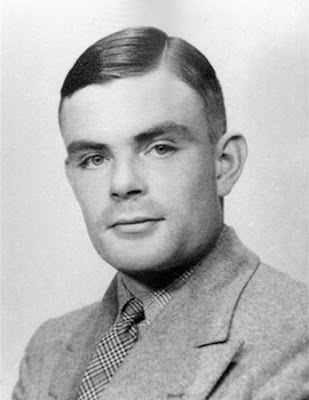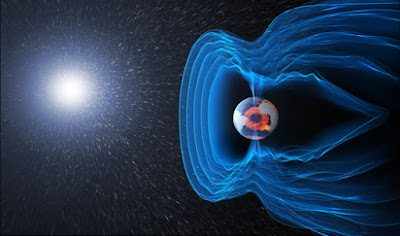HOW ATM WORKS ?
HOW ATM WORKS
WHAT IS ATM?
An ATM is simply a data terminal with two input and four
output devices. Like any other data terminal, the ATM has to
connect to, and communicate through, a host processor. The
host processor is connected to an Internet Service Provider in
that it is the gateway through which all the various ATM networks
become available to the cardholder (the person wanting the
cash).
Most host processors can support either leased line or dial-up machines. Leased
line machines connect directly to the host processor through a four-wire, point-to-point,
dedicated telephone line. Dial-up ATMs connect to the host processor through a normal
phone line using a modem and a toll free number, or through an Internet Service Provider
using a local access number via a modem.
Leased line ATMs are preferred for very high volume locations because of their
thru-put capability, and dial-up ATMs are preferred for retail merchant locations where cost
is a greater factor than the thru-put capability. The initial cost for a dial-up machine is less
than half that for a leased line machine. The monthly operating costs for dial-up is only a
fraction of the cost for leased line.
The host processor may be owned by a bank or financial institution, or it may be
owned by an independent service provider. Bank owned processors normally support only
bank owned machines, whereas the independent processors support merchant-owned
machines.
An ATM has two input devices. One is a card reader to capture the account
information stored on the magnetic stripe on the back of an ATM/debit or credit card. The
host processor uses this information to route the transaction to the cardholders bank. The
other input device is a key pad so that the cardholder can tell the bank what kind of
transaction is required (cash withdrawal, balance inquiry, etc.) and for what amount. Also
the bank requires the cardholder's personal identification number (PIN) for verification.
Federal law requires that the PIN block be sent to the host processor in encrypted form.
An ATM has four output devices. One of these devices is a speaker to provide
the cardholder with tactile feedback when a key is pressed. Another output device is the
display screen that prompts the cardholder through each step of the transaction process.
In addition to the speaker and the display screen, an ATM has a receipt printer to provide
the cardholder with a receipt of the transaction, and the fourth output device which is
actually the heart of an ATM, the safe and cash dispensing mechanism. The entire bottom
portion of most small ATMs is a safe that contains the cash.
The cash dispensing mechanism has an electric eye that counts each bill as it
exits the dispenser mechanism. The bill count and all the information pertaining to a
particular transaction is recorded in a journal. The journal information is printed out
periodically and a hard copy is maintained by the machine owner for two years. Whenever
a cardholder has a dispute about a transaction, he or she should ask for a journal printout
showing the transaction, and then contact the host processor. If no one is available to
provide the journal printout, the cardholder needs to notify the bank or institution that
issued the card and fill out a form that will be faxed to the host processor. It is the host
Bank
Database
processor's responsibility to resolve the dispute.
Besides the electric eye that counts each bill, the cash dispensing mechanism
also has a sensor that evaluates the thickness of each bill. If two bills were stuck together,
instead of being dispensed to the cardholder, they would be diverted to a reject bin. The
same thing would be true for a bill that was excessively worn, or torn, or folded. The
suspect bill would be diverted to the reject bin.
The number of reject bills is also recorded so that the machine owner can be
aware of the quality of bills that are being loaded into the machine. A high reject rate would
indicate a problem with the bills or with the dispenser mechanism.
THANK YOU..





Comments
Post a Comment